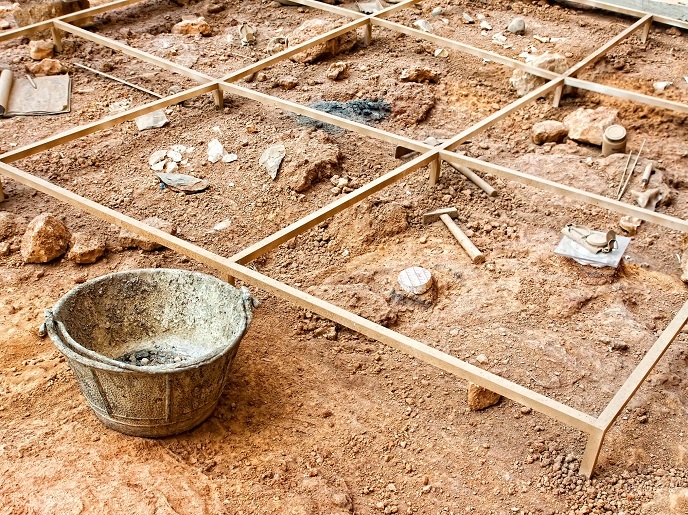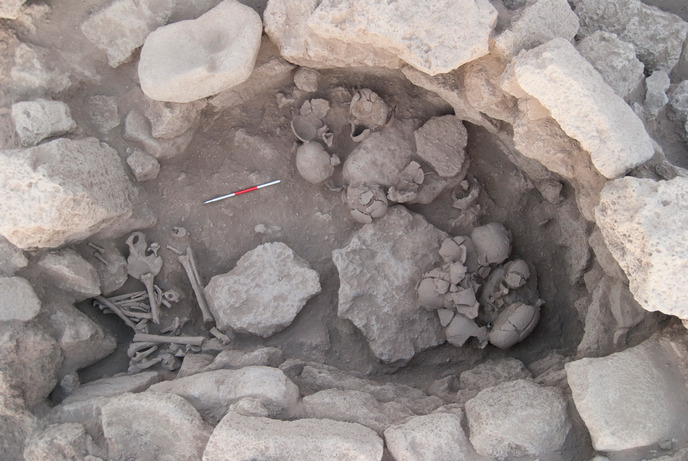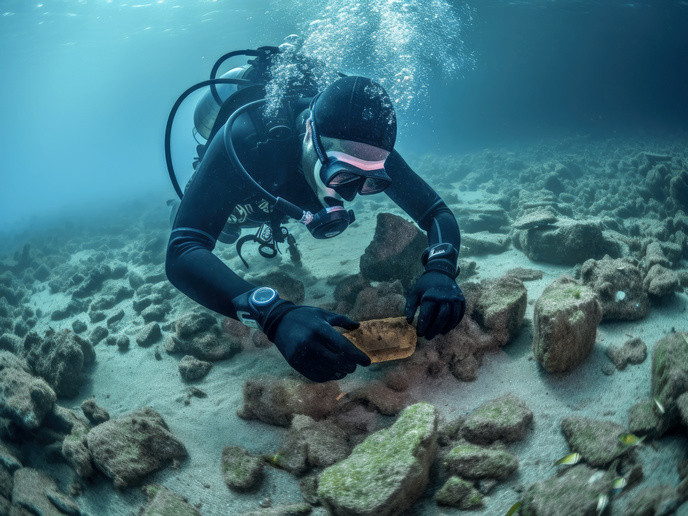Cloud-based infrastructure increases access to archaeological data
Fundamental to our understanding of what it means to be human, archaeology is also the scaffolding of our discreet cultural identities. The EU-funded project ARIADNEplus builds on the work of the preceding ARIADNE project in order to integrate archaeological data sets and promote an engaged and connected community of researchers. Archaeology was among the first fields to digitise content, but searching across multiple sites was problematic. Discrepancies in how data was organised and how terminology was applied had to be worked out. Collectively the two projects addressed these issues and developed the ARIADNE data infrastructure, a one-stop access point to archaeological data. In addition to strengthening professional networks, consolidating archaeological information saves money. It avoids the duplication of work, as researchers and funders know what others are doing. It also promotes culturally relevant archaeological sites, giving a boost to cultural tourism.
Iterations of ARIADNE
The first ARIADNE project indexed over 2 million items. The resulting catalogue was so well received that ARIADNEplus was quickly funded to carry the project further. The number of data sets has nearly doubled, as the searchable catalogue continues to grow. The consortium for the second iteration of the project concentrated on Europe, but it also included four international partners: Argentina, Israel, Japan and the United States. ARIADNEplus expanded the project in many ways. It included new areas of specialisation, notably palaeoanthropology, bioarchaeology and environmental archaeology. The portal relays content ranging from a single discovery to material from known archaeological sites that have been the subject of research for many decades. The project expanded the time frame for archaeological exploration too, incorporating information about the earliest hominids and continuing through to the present times.
High tech enables a principled approach
A major goal of the project was creating an open access portal that encourages networking and collaboration. The infrastructure built by the team incorporates many features that promote this, including a virtual research environment. Other enhancements provided by technology include linked data, visualisation, annotation, text mining, and geo-temporal data management. Fundamental to achieving the sort of connected and informed community envisioned by the project is the importance of free and open access to archaeological data. ARIADNEplus explicitly applied the FAIR principles to the site. Training and workshops to help build community and foster networking are also available.
A new era for archaeological infrastructure
The ARIADNE portal is rapidly becoming essential to archaeological research. At the 2023 Computer Applications in Archaeology Conference, many direct and indirect references were made to it, both in formal contributions and in conversation. Quantitatively, the site saw a 350 % increase in visitors between 2021 and 2022. The project has designed an infrastructure to meet the needs of researchers. Content in the catalogue is cross-indexed, so investigators can start by searching for when, where or what, creating multiple points of access. According to project coordinator Franco Niccolucci: “ARIADNE has overcome the fragmentation of digital archaeological information and made it findable, accessible, interoperable and reusable. It is a unique-in-the-world research infrastructure.” ARIADNEplus presents a compelling vision for the role archaeology can play in human society. Technological advances in cloud-based infrastructure have brought the realisation of that vision within reach.
Keywords
ARIADNEplus, archaeological data, cloud-based, data infrastructure, open access, FAIR, virtual research environment







